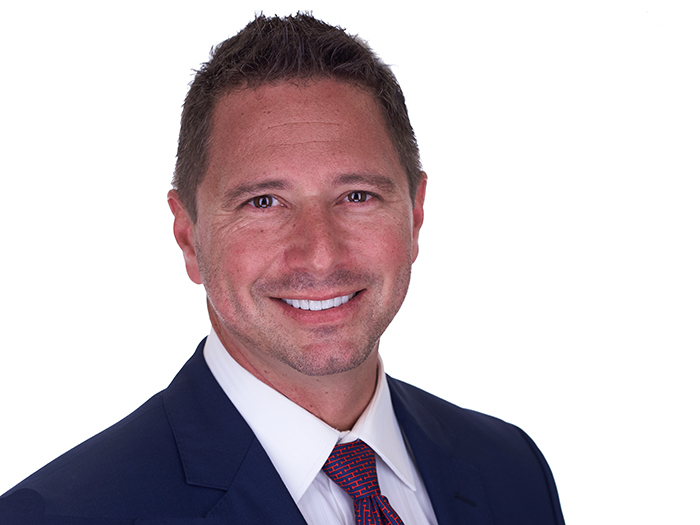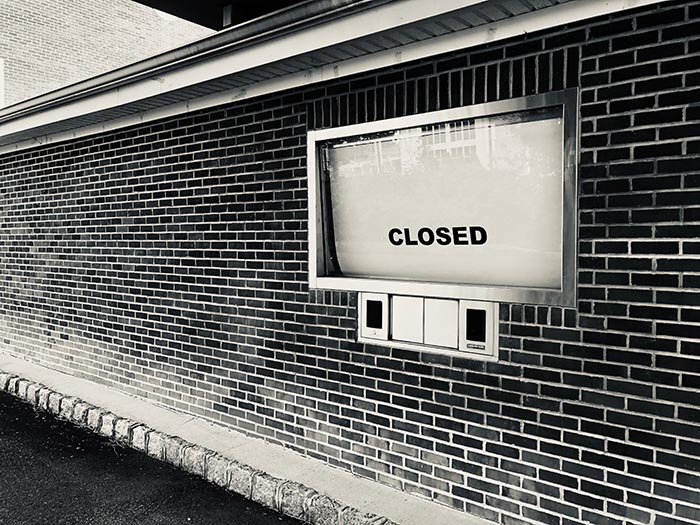Risk Insider: Jason Beans
Compounding and Rampant Care in Workers’ Comp
Compound prescription growth in workers’ compensation is a striking example of how the lack of consumer involvement can cause treatment to expand from reasonable to rampant care.
Compound drugs join physician dispensing, opioid overprescribing, vocational rehab and chiro overutilization to share a common story — from initial expansion, to industry and regulator response, to some degree of containment.
In each case, the provider is not doing anything necessarily illicit or illegal, and the practices themselves do serve a purpose in some specific situations.
Combining, mixing and altering a drug can make sense for patients with an allergy to a non-essential ingredient, like dyes. Patients who have difficulty swallowing oral medications may find topical, compound alternatives helpful.
But when there is an opportunity for profit — where patients have no financial incentive and/or there is no clear regulation to control costs — some providers will abuse this gap in the marketplace. Three signs of rampant medical care are:
- Epidemic expansion
- Questionable positive value and very real risk factors
- Financial incentives for clinicians, consultants and other parties
California saw compound drugs, medical foods and co-packs grow in share of total medication expenses from 2.3 percent in January 2006, to 12 percent in early 2009. Pricing controls were weak then and remain so.
Seven years after that surge, independent research on efficacy is scarce. Laboratories and consultants are known to share in the profits with the prescribing physicians.
We have seen the federal Food and Drug Administration (FDA) get involved in improving the hygiene of compounding labs, after 64 meningitis deaths were caused by contamination at a Massachusetts compounding pharmacy. But the FDA does not verify the safety or effectiveness of compounded drugs.
State oversight, not federal, will almost certainly drive the containment effort. The Texas drug formulary caused a 65 percent reduction in problematic use of “N” drugs for pain relief.
When there is an opportunity for profit — where patients have no financial incentive and/or there is no clear regulation to control costs — some providers will abuse this gap in the marketplace.
Researchers recently reported the not surprising, but depressing, finding that Texas physicians did not shift their patients to other drugs or non-pharmaceutical care. This implies that the risky prescriptions weren’t completely necessary in the first place.
Compound containment inroads can also be made at the ground-level practices of claims payer operations and managed care organizations. I have seen some medical management programs virtually eliminate opioid problems and similar progress is possible.
The extent to which pharmacy utilization best practices are currently being used to address compounding is unknown; however, we should have some data soon. The “Workers’ Compensation Benchmarking Study” just recently surveyed claims executives to understand the headway organizations are making to curb this issue as well as other rampant medicine issues.
Looking forward, I expect the industry will have a much better handle on compounding in the next three to five years, like its over-utilized predecessors.
Effectively applying past “lessons learned” will be key to reducing compound drugs’ share of the pharmacy market back to levels consistent with the very small percentage of prescriptions that actually require customization.










